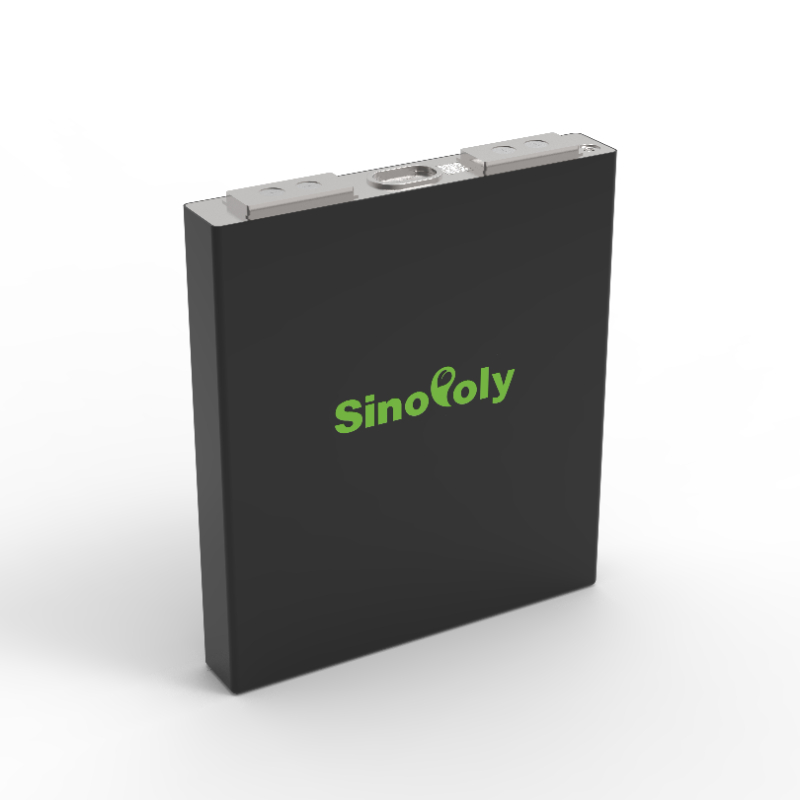Highlighting the benefits of using prismatic lithium battery cells
In the ever-evolving landscape of energy storage solutions, prismatic lithium battery cells have emerged as a formidable contender. These cells, known for their distinct rectangular shape, have been steadily gaining traction across various industries. From electric vehicles (EVs) to renewable energy systems, the advantages offered by prismatic lithium battery cells are compelling. In this comprehensive article, we will delve into the myriad benefits of using prismatic lithium battery cells, examining their structural, performance, and application-based advantages.

Structural Advantages of Prismatic Lithium Battery Cells
Compact and Efficient Design
Prismatic lithium battery cells boast a compact and efficient design that makes them highly desirable for applications where space is at a premium. The rectangular shape allows for a higher energy density within a given volume compared to cylindrical cells. This efficient use of space translates to more energy storage capacity in a smaller footprint, which is crucial for applications like electric vehicles and portable electronics.
Enhanced Thermal Management
Thermal management is a critical factor in battery performance and longevity. Prismatic cells excel in this aspect due to their flat, wide surfaces that facilitate better heat dissipation. Improved thermal management not only enhances the safety of the battery but also extends its lifespan by preventing overheating and ensuring consistent performance under varying operational conditions.
Modular and Flexible Design Options
The structural versatility of prismatic cells allows for modular and flexible design options. Manufacturers can easily stack and configure these cells to meet specific power and capacity requirements. This modularity is particularly advantageous in applications such as renewable energy storage systems, where scalability and customization are essential.
Performance Benefits of Prismatic Lithium Battery Cells
High Energy Density
One of the standout features of prismatic lithium battery cells is their high energy density. This characteristic is pivotal for applications demanding prolonged usage and high power output. In electric vehicles, for instance, higher energy density means longer driving ranges on a single charge, addressing one of the primary concerns of EV users.
Improved Charge and Discharge Efficiency
Prismatic cells exhibit improved charge and discharge efficiency, which is critical for applications requiring rapid energy replenishment and consistent power delivery. The low internal resistance of these cells contributes to their high efficiency, ensuring minimal energy loss during charge and discharge cycles. This efficiency is particularly beneficial for grid storage and emergency power backup systems.
Enhanced Safety Features
Safety is a paramount concern in battery technology. Prismatic lithium battery cells incorporate several enhanced safety features that mitigate risks associated with thermal runaway and short circuits. The robust outer casing of prismatic cells provides an additional layer of protection, while built-in safety mechanisms such as pressure relief valves and thermal fuses further enhance their reliability.
Application-Based Advantages of Prismatic Lithium Battery Cells
Electric Vehicles (EVs)
The adoption of prismatic lithium battery cells in the electric vehicle (EV) industry is driven by their numerous benefits. The compact design and high energy density of these cells contribute to longer driving ranges and reduced vehicle weight, enhancing overall performance and efficiency. Moreover, the improved thermal management capabilities of prismatic cells ensure safer operation under the high-stress conditions typical of EV usage.
Renewable Energy Storage Systems
In the realm of renewable energy storage, prismatic lithium battery cells play a crucial role in enhancing the reliability and efficiency of solar and wind power systems. Their modular design allows for easy scalability, enabling the creation of large energy storage arrays tailored to specific needs. The high charge and discharge efficiency of prismatic cells ensures optimal energy utilization, making them ideal for smoothing out the intermittent nature of renewable energy sources.
Consumer Electronics
Prismatic lithium battery cells are increasingly being utilized in consumer electronics, such as laptops, smartphones, and tablets. Their high energy density and compact size make them perfect for devices where space is limited yet long battery life is desired. Additionally, the robust safety features of prismatic cells provide peace of mind to consumers, reducing the risk of battery-related incidents.
Environmental and Economic Benefits
Sustainability and Reduced Carbon Footprint
The shift towards prismatic lithium battery cells also brings about significant environmental benefits. These cells are integral to the development of clean energy technologies, contributing to the reduction of carbon emissions and reliance on fossil fuels. By facilitating the broader adoption of electric vehicles and renewable energy systems, prismatic cells play a vital role in promoting sustainability and mitigating climate change.
Cost-Effectiveness in the Long Run
While the initial cost of prismatic lithium battery cells may be higher compared to other types, their long-term cost-effectiveness is undeniable. The improved efficiency, extended lifespan, and reduced maintenance requirements of prismatic cells lead to lower overall costs over the battery's operational lifetime. This economic advantage is particularly relevant for large-scale applications such as grid storage and commercial energy systems.
Conclusion
Prismatic lithium battery cells represent a significant leap forward in battery technology, offering a host of benefits that make them ideal for a wide range of applications. From their compact and efficient design to their high energy density and enhanced safety features, prismatic cells are at the forefront of the energy storage revolution. As advancements continue to be made, the role of prismatic lithium battery cells in shaping a sustainable and efficient energy future will only become more pronounced.
- Previous: Applications of Electric Steam Boilers
- Next: Types of Liner Dampers

